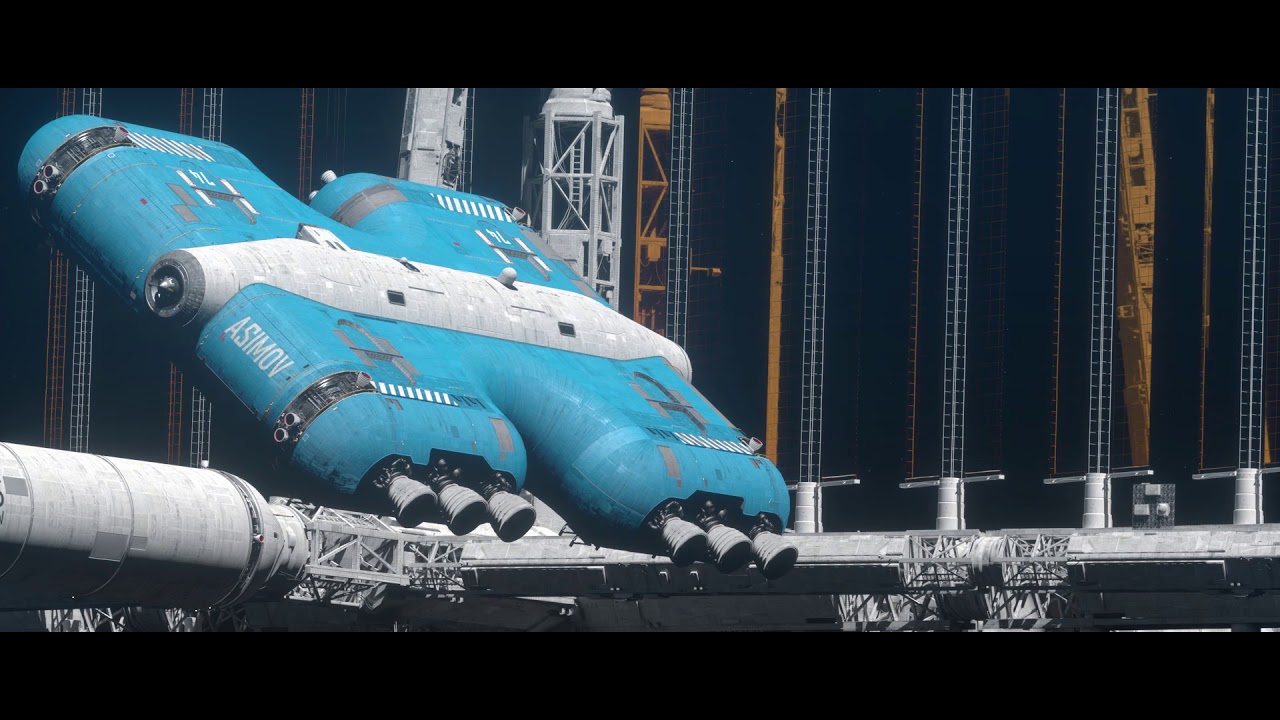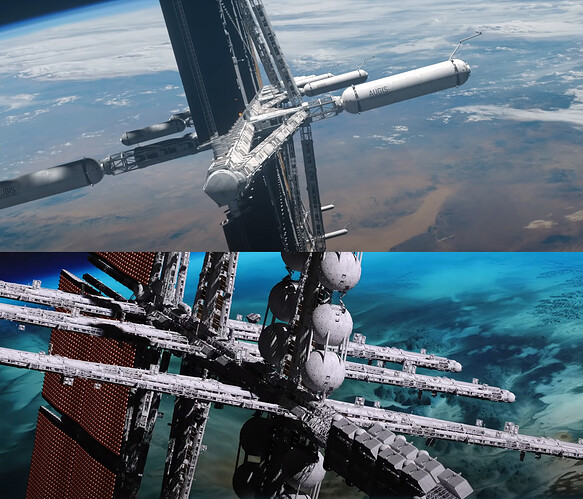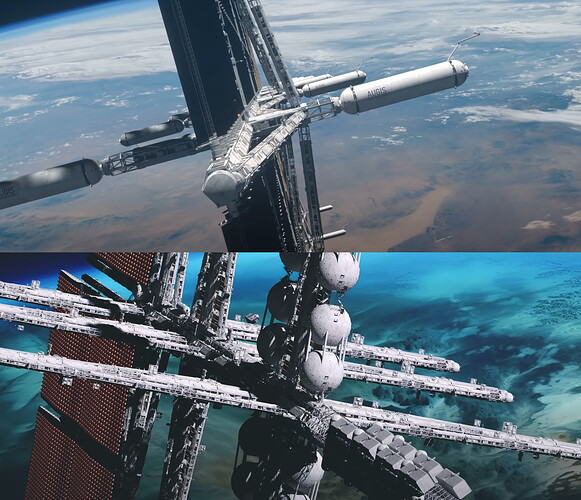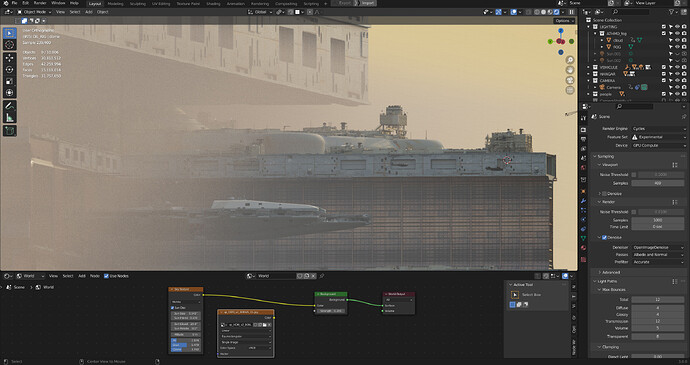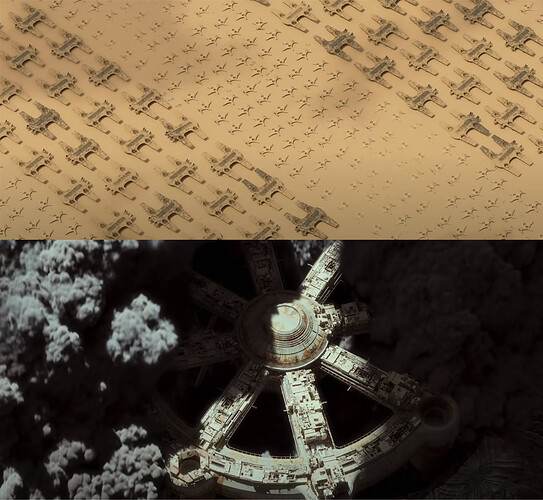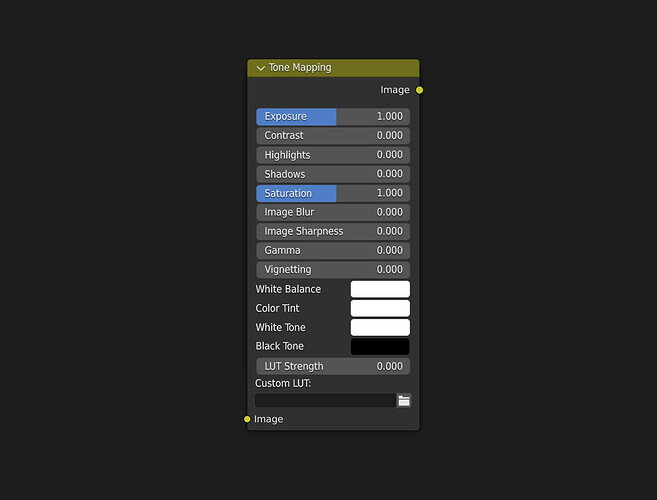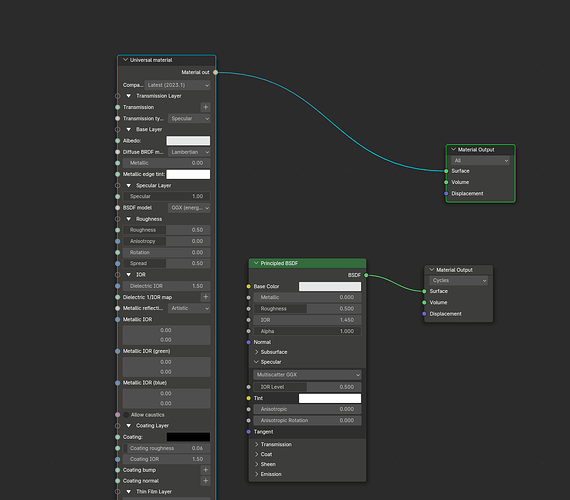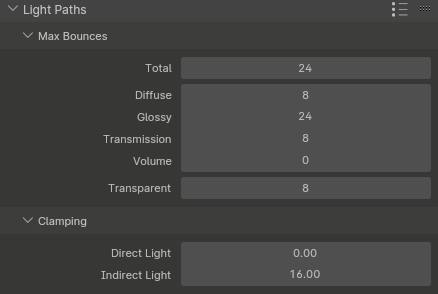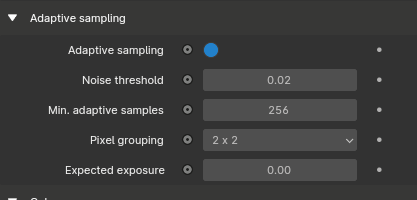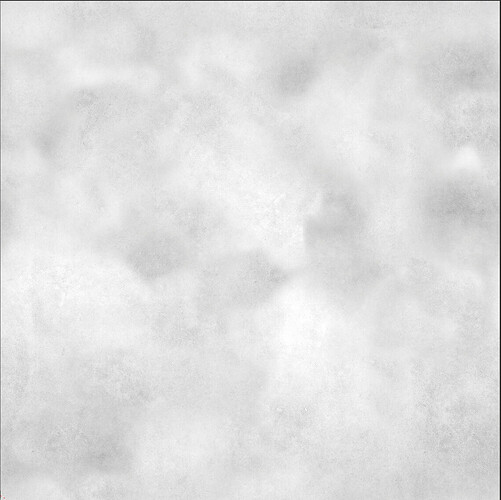As much as I kinda dread reopening this whole topic of photorealism in Cycles, I think it can still lead to a constructive conversation (and perhaps I’ll learn a thing or two).
I had high hopes that Blender 4 would bring new revised shaders which are more physically accurate to Cycles and hence address the “cartoony/CG” issues I’ve been having with it. With the addition of AgX I thought that we’d finally start getting into the type of photorealism that I’m seeing on other renderers (most notably Octane, V-Ray and even Renderman).
Now that Blender 4 has been out for a few months, and I’m seeing some of the results that people whom I consider “masters” of photorealism are achieving, I’m still left feeling like we’re not really there yet.
Most recently, Paul Chadeisson who in the past used Octane exclusively, switched to Cycles for Solstice-5 (which is still an absolute stunner of a piece), but IMHO is visibly less realistic (however you want to define that for high-concept sci/fi) than his breathtaking Migrants. The sense of scale and detail IMHO isn’t as “concrete and real” feeling in Solstice-5 as it was in Migrants.
After really pouring many hours studying a ton of images, what I have narrowed it down to is the light falloff difference between Cycles and other render engines. There is a scattering of shadows and light at the edges of objects that implies detail that Cycles seems to lack. It’s very subtle and nuanced, but it’s present and it affects the perception of distance, scale, and detail (IMHO). Cycles still feels digital and overly sharp in those regions of the luminance and spectrum, and I am convinced this is what I’m seeing that it’s not quite doing it for me.
I have no idea if the Spectral branch of Cycles would close that gap, or if the issue is more deeply endemic to just the way Cycles (or perhaps the Cycles cameras) render the path tracing results.
Anyway, just wanted to share my thoughts. Not a criticism of Blender or Cycles necessarily as I know many here just love the way it looks. Just an observation that surely will find a lot of opposition but perhaps also some agreement.
P.S.
Strangely, I have found EEVEE Next to yield more natural light falloff results than Cycles, and had really high hopes that it would be ready for the upcoming release. Unfortunately it looks like more time is needed.

